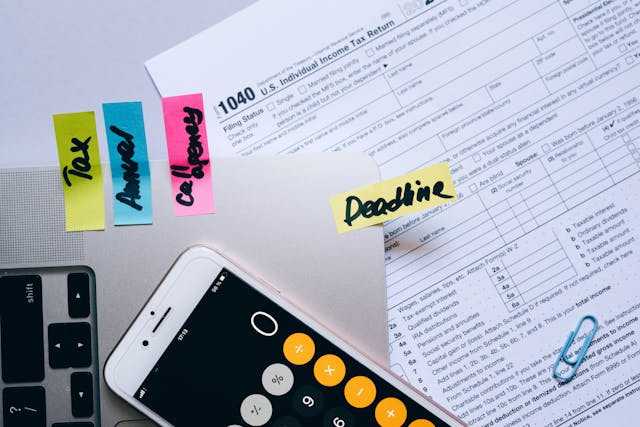Your side hustles don’t talk to each other. DoorDash, Etsy, Upwork, Airbnb—each pays you, each sends forms, and none lines up neatly. The fix isn’t a new app; it’s a simple rhythm so every dollar has a home and every receipt has proof.
Map the Money: One View of Many Streams
Start with a dedicated business checking account and card. Funnel every platform payout there—no exceptions. You’ll see revenue, refunds, and fees without digging through personal transactions. If a platform deposits weekly, mirror that cadence in your bookkeeping so the month ties cleanly to statements.
Next, build a quick earnings register. A single sheet works: columns for platform, gross, fees, net, and taxes withheld (usually zero). Enter totals from dashboards monthly, then reconcile to your bank. When a 1099 finally shows up, you’re checking it against your numbers, not hoping it’s right.
Track Expenses the Way You Actually Spend
Use categories that match your life, not someone else’s chart. Delivery drivers may emphasize mileage, tolls, and phone plans. Creators care about supplies, software, and transaction fees. Hosts watch cleaning, repairs, linens, and insurance. Name the buckets you’ll remember in April.
Snap receipts the moment money leaves. Card feeds plus automatic receipt capture keep you out of the shoebox trap. For bigger decisions—buying a new laptop, upgrading a camera—sketch the payback period and confirm business use before you commit. If you want a simple guide to align habits with strategy, this overview on small business tax planning is a helpful primer to sanity-check your approach.
Two deductions often left on the table: mileage and home office. For mileage, snap your odometer on Jan 1 and Dec 31, then log business trips with date, route, and purpose; pick either the standard mileage rate or actual costs and stick with it for the year. For a home office, use a clearly defined workspace used regularly and exclusively for business—think desk in a separate area, not the dining table. Keep a quick sketch with measurements and photos; if you use the simplified square-foot method, note the square footage; if you allocate actual expenses, save utility bills and calculate the percentage once, then reuse it monthly.
Know Your Quarterlies (Without Guessing)
Multiple platforms usually mean no withholding. To avoid penalties, set aside a fixed percent of net income into a tax subaccount every payday. Then project quarterly estimates using last year’s tax as a floor and your current pace as a sense check. If income spikes, top up. If it slows, keep the cushion.
Self-employment tax surprises people. Plan for both income tax and the Social Security/Medicare portion. If you also have a W-2, increase withholding there to cover your 1099s—one adjustment can replace four separate estimate payments. Keep a short note explaining any changes so future you remembers why April looked different.
Wrap It Up: Reports Your CPA Will Love
Close each month. Reconcile bank and card accounts, tag transfers, and write a one-line note for anything weird. Export two reports: profit and loss by platform and a mileage/usage log for major deductions. Those summaries answer 80% of a CPA’s questions before they’re asked.
Finally, build a year-end envelope: 1099s, platform summaries, big-ticket purchases, and your quarterly payment confirmations. If you outgrow the spreadsheet, migrate the same categories into software and keep rolling. Tools change; your rhythm shouldn’t.
Conclusion
Keep a single bank flow, a simple earnings register, and a steady monthly close; do that, and multi-platform taxes become a routine, not a crisis—and you’ll file on time, with cash reserved and zero guesswork. Every year.



Leave a Reply